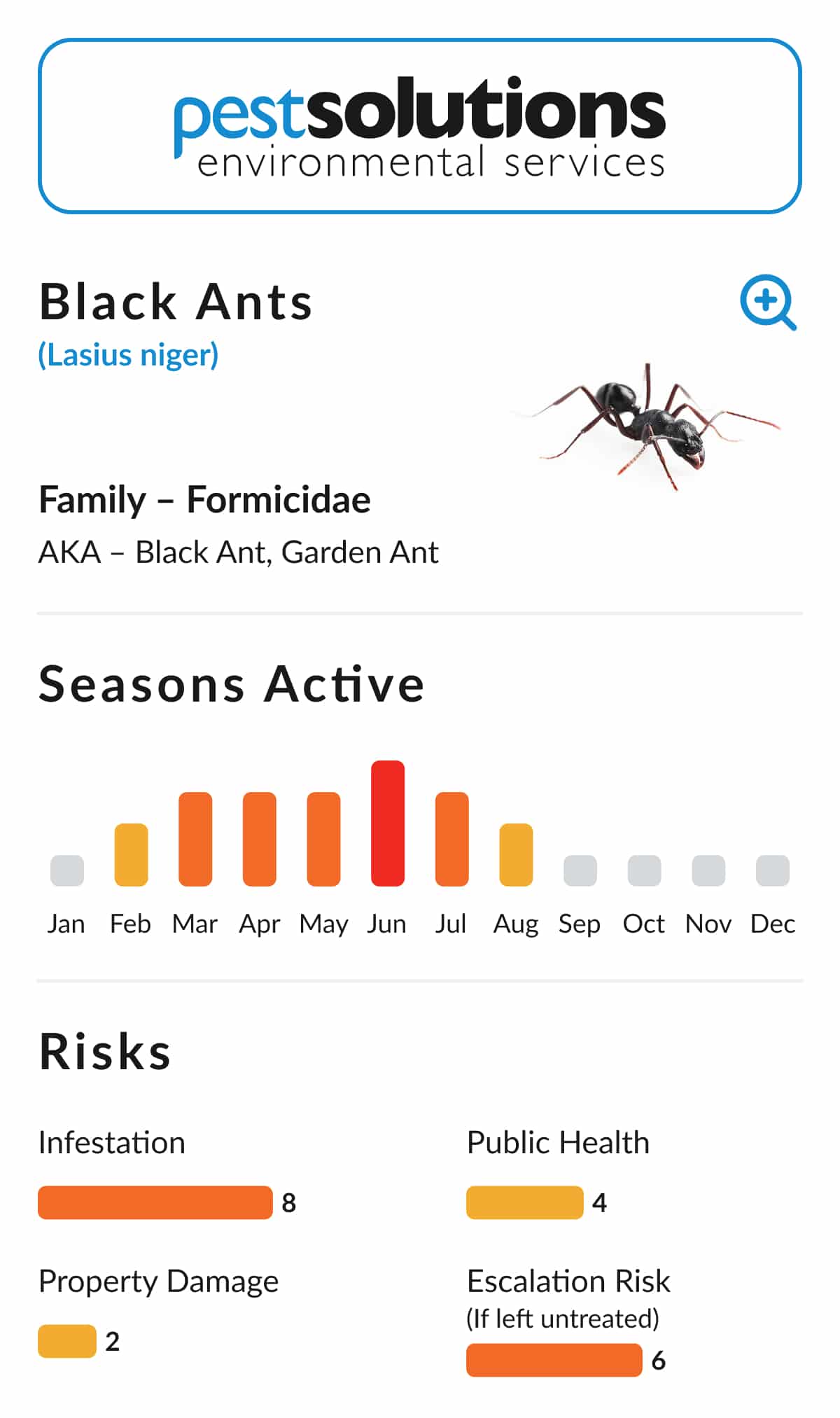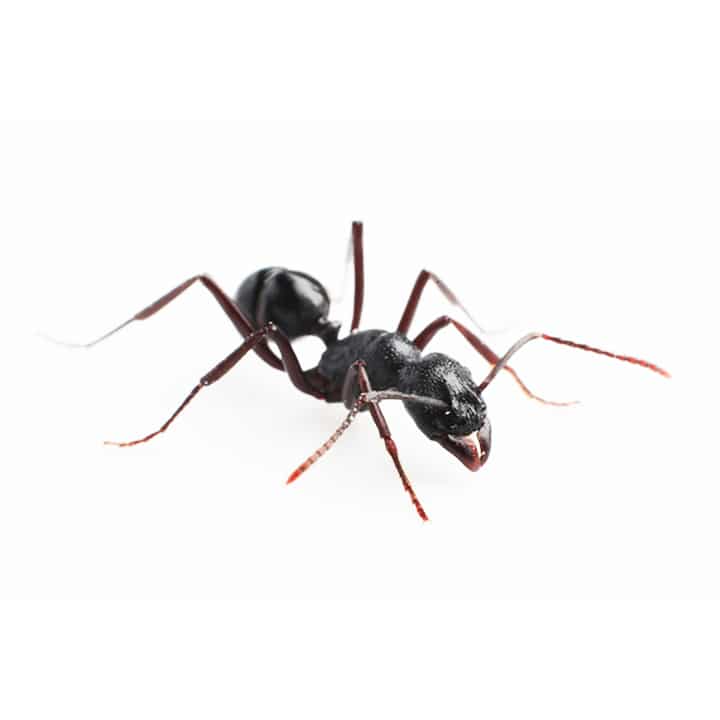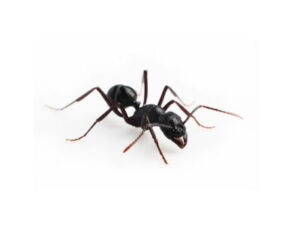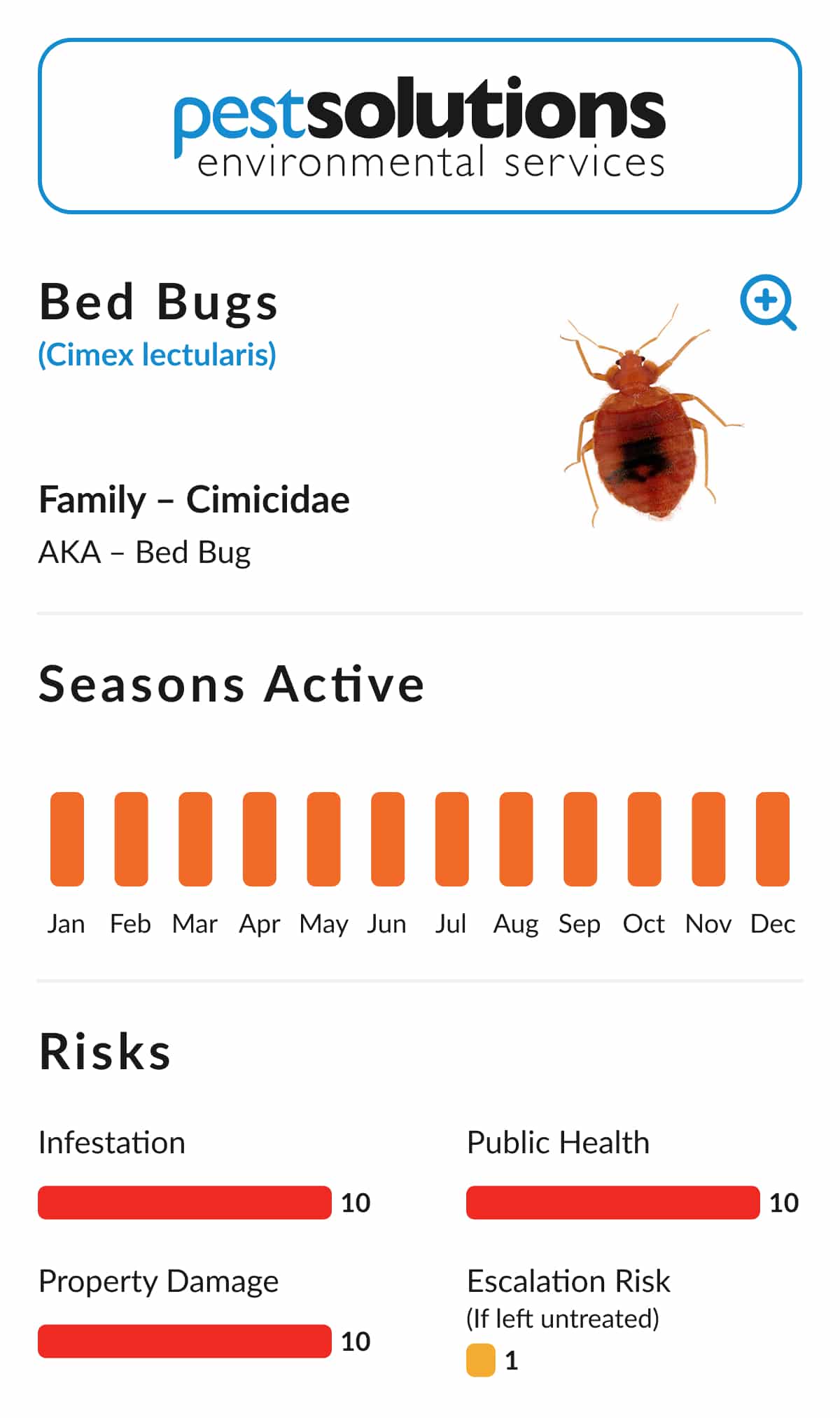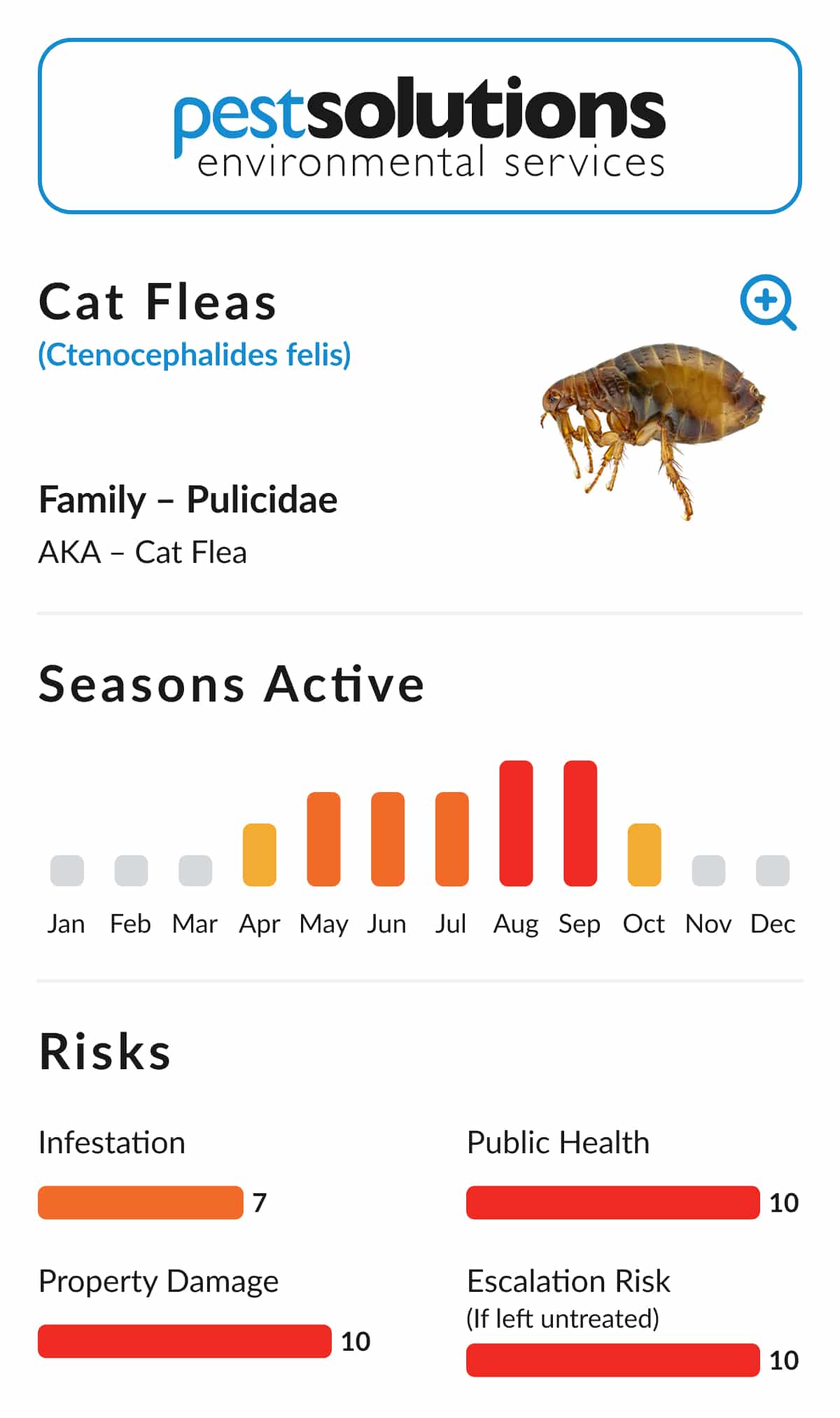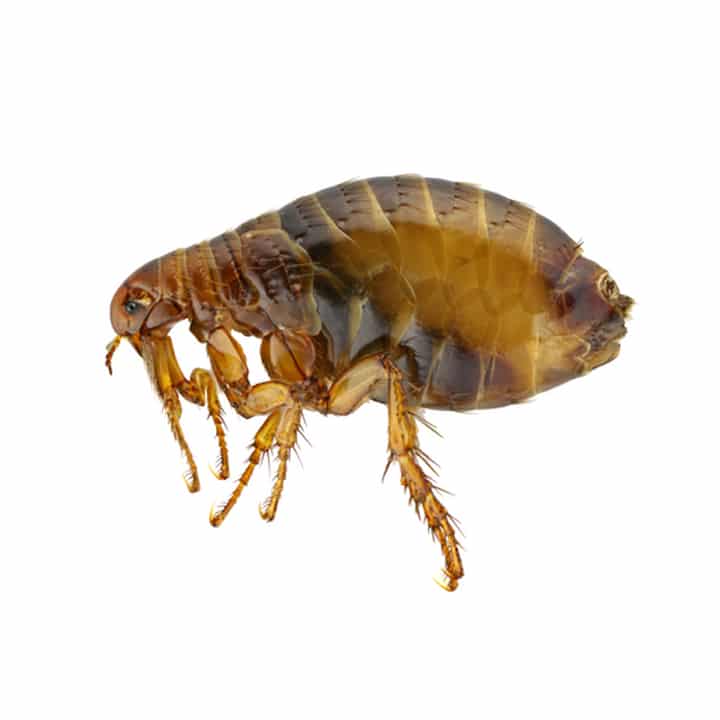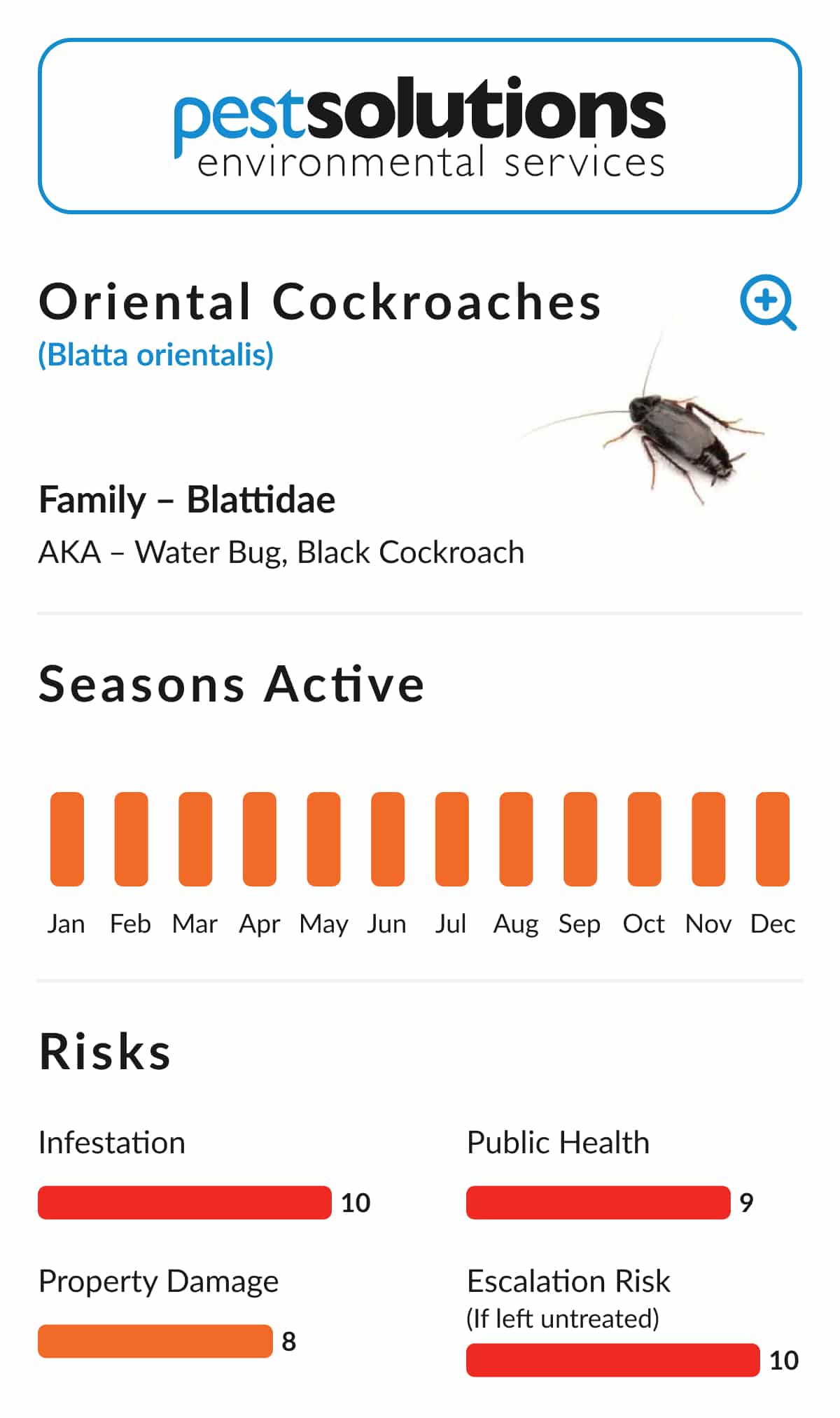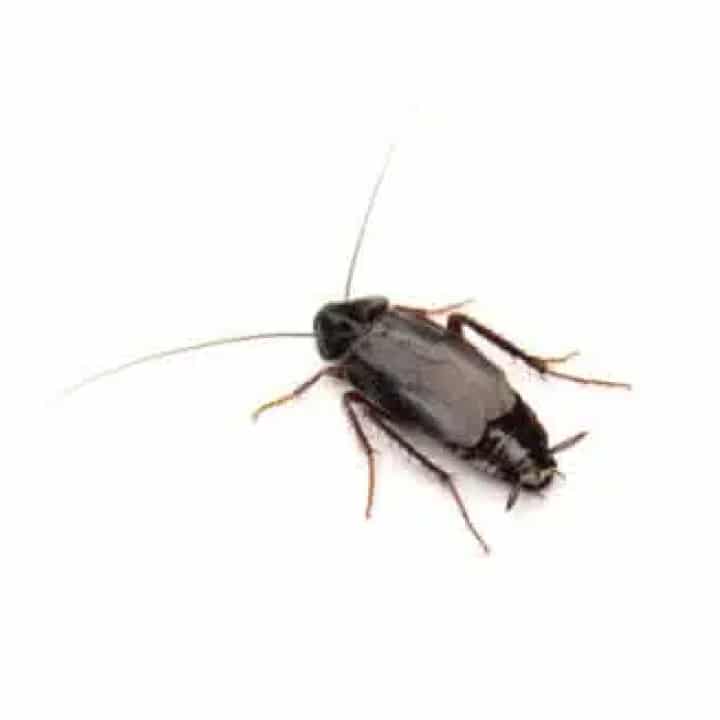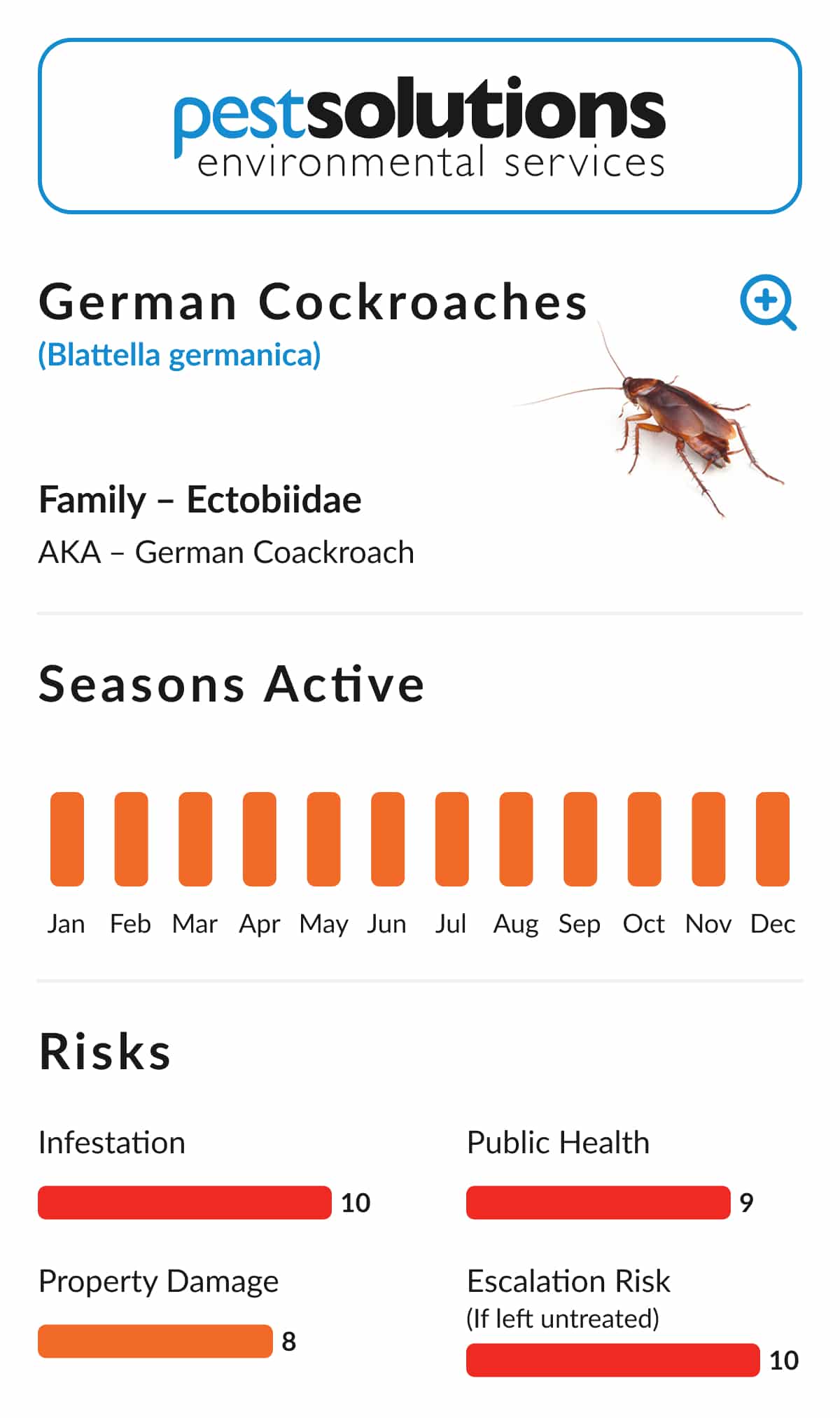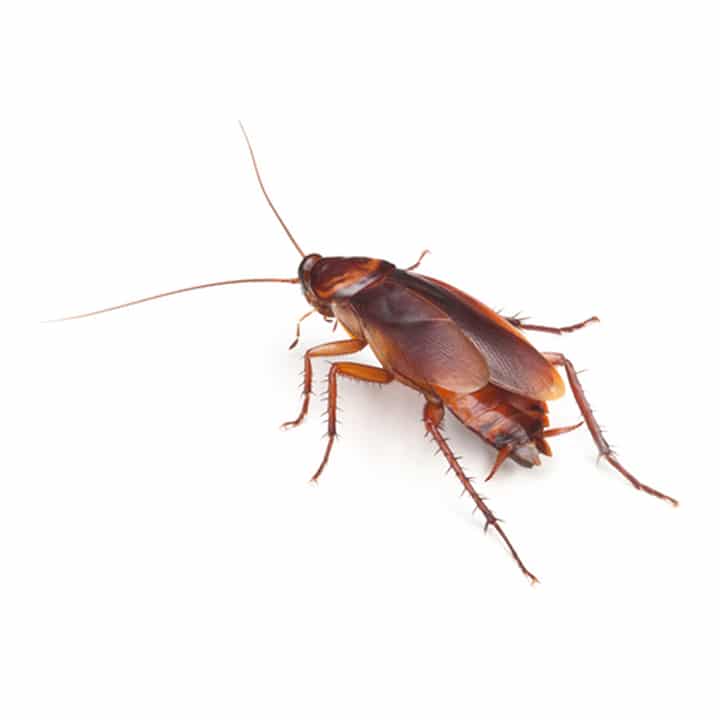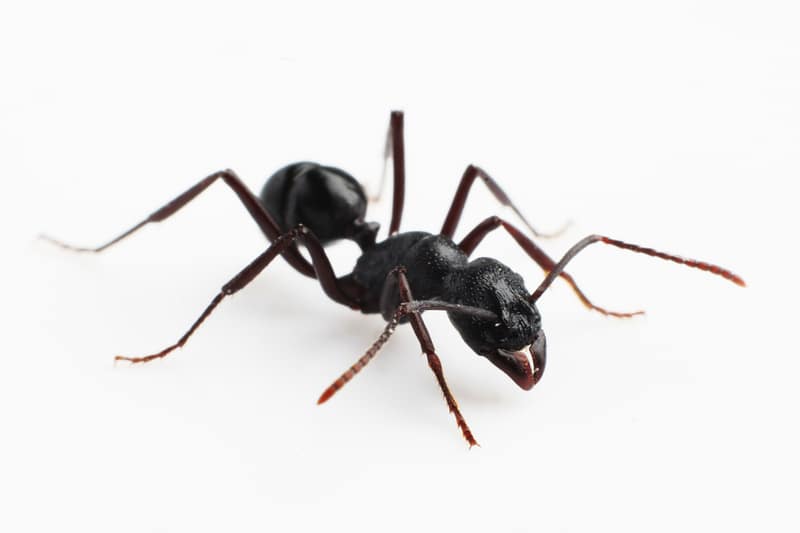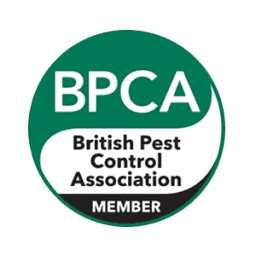Key Facts About Black Ants
Black ants (Lasius niger) are social insects, living in colonies. Inside these colonies, the ants are divided up into multiple castes which all play their own unique role in the larger ant community. At the heart of each nest is a queen black ant, who will only ever leave when travelling to form a new nest. Queen ants are significantly larger than workers, growing up to 9mm long. What’s more, they live much longer than other castes of black ant- up to 30 years, compared to 4 years for the average worker ant.
Worker black ants are by far the most common, with the number in a nest varying from just a handful to potentially a few thousand. This caste is made up of the ants who will travel away from the nest in search of food, and therefore virtually all of the ants that you see in your garden will be workers. Workers will also take care of ant larvae in established nests, providing them with the food they need to grow. What you may not know is that ants can also act as farmers, carrying smaller aphids to plants and then collecting the secretions from these aphids to take back to the nest as food for the colony.
During the summer, the two aforementioned castes will also be joined by one more: flying ants. This caste come equipped with wings to help them travel away from their colony and establish a new nest. Most of these flying ants are male workers, but in amongst them will be a number of presumptive queens, who are essential to the success of any new nest. While these flying ants can be a particular nuisance- especially when huge numbers (potentially thousands) of them gather in one area- the males thankfully only live for a couple of days after they have mated.
Usually, worker black ants are 2 to 5mm long, and in virtually all cases are coloured black- any red ants you see form a separate species. Flying ants are typically larger and therefore more noticeable, with presumptive queens being around 6 to 10mm and mating males some 3.5-5mm. When they have mated, these presumptive queens will shed their wings and then venture underground to set up a new nest.
Black Ants (Lasius niger) Significance of Control
Black Ants are the only indigenous UK species that commonly enter houses. Foraging workers are very active and will feed on a wide range of foodstuffs but prefer sweet substances. They do not normally pose a health risk but are a nuisance and can physically contaminate foodstuffs and cause distress.
Although black ants are most visible during the summer, when the flying ants leave the nest, an infestation will likely end up leading to issues throughout the entire year. This is because in these cases, the ants will typically build their nests inside the insulation layer underneath the property, where there is plenty of room for their whole colony. In addition, flying ants swarm when they mate, meaning you will have to periodically contend with large numbers of these irritating creatures.
In addition, black ants can also cause problems in gardens. As mentioned earlier, these ants farm aphids, which they will carry from plant to plant to ensure they keep on producing a large amount of what’s known as “honeydew”. This can be extremely irritating for gardeners, as it means their otherwise healthy plants can be decimated by an infestation that’s tough to control on its own. Furthermore, the ants themselves will feed on any soft-skinned fruit they can find, putting common plants like strawberries and raspberries at risk.
Call Pest Solutions to Get Rid of That Pest Today!
At Pest Solutions, we have a full network of local branches located all across the UK. This means that we can always respond promptly to all calls, and help you tackle a pest infestation no matter where you may be located. Black ants can be a major annoyance, but using our expert pest control techniques, we will have the issue under control in next to no time. Contact Pest Solutions today and claim back your home or business from this irritating pest species.
Find your local branch here or call Freephone 0800 027 2555 today to arrange a FREE Survey or a service call.
